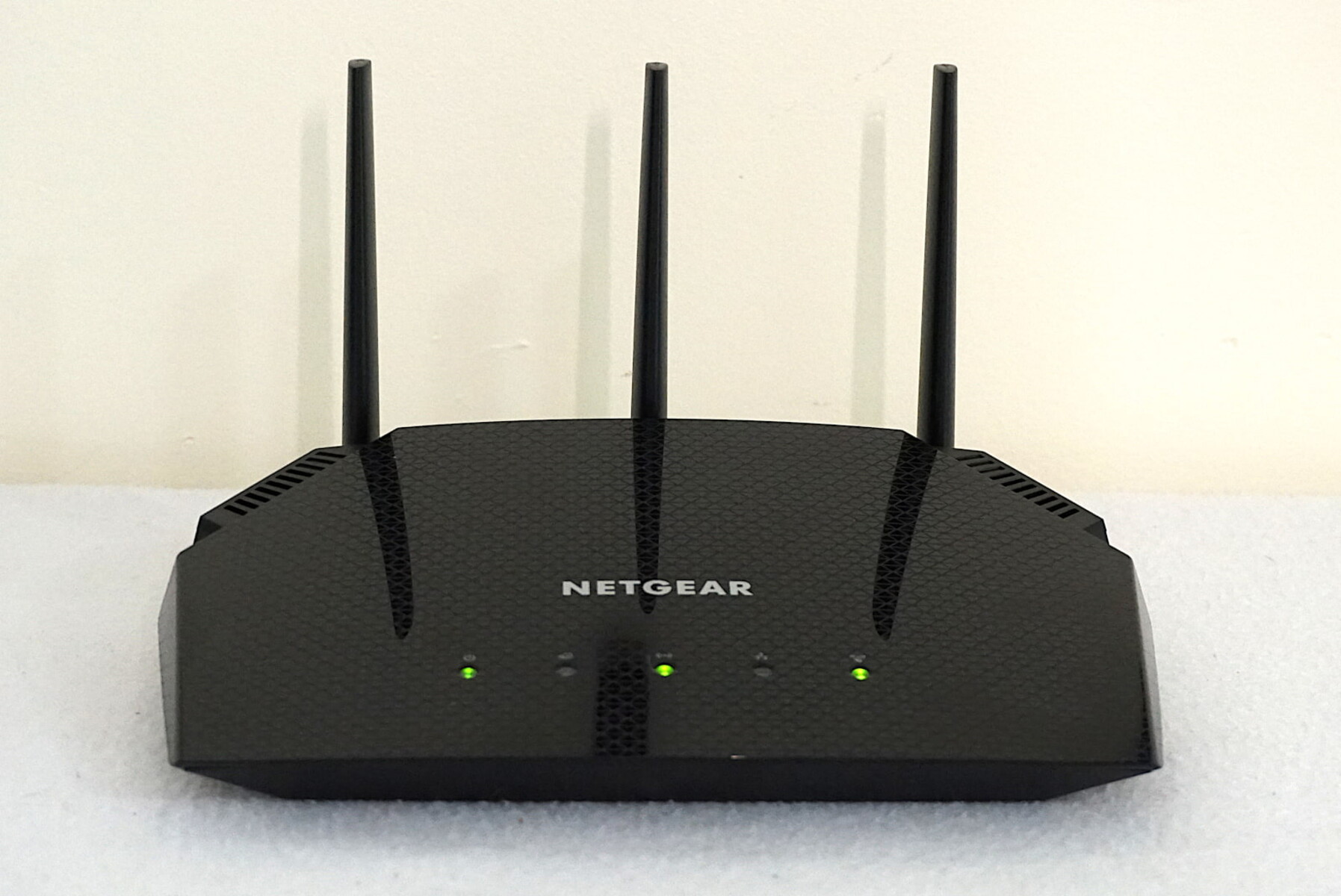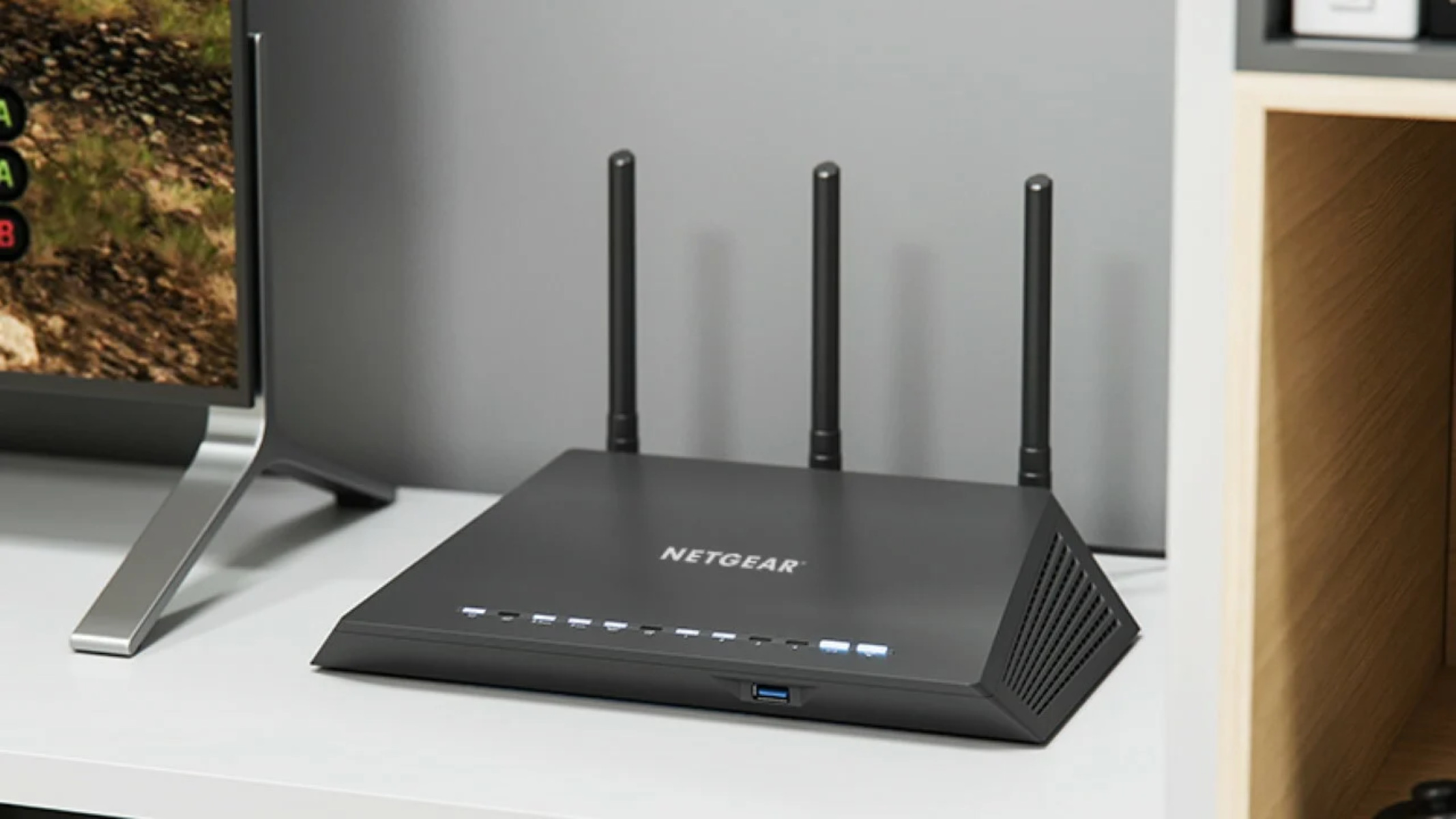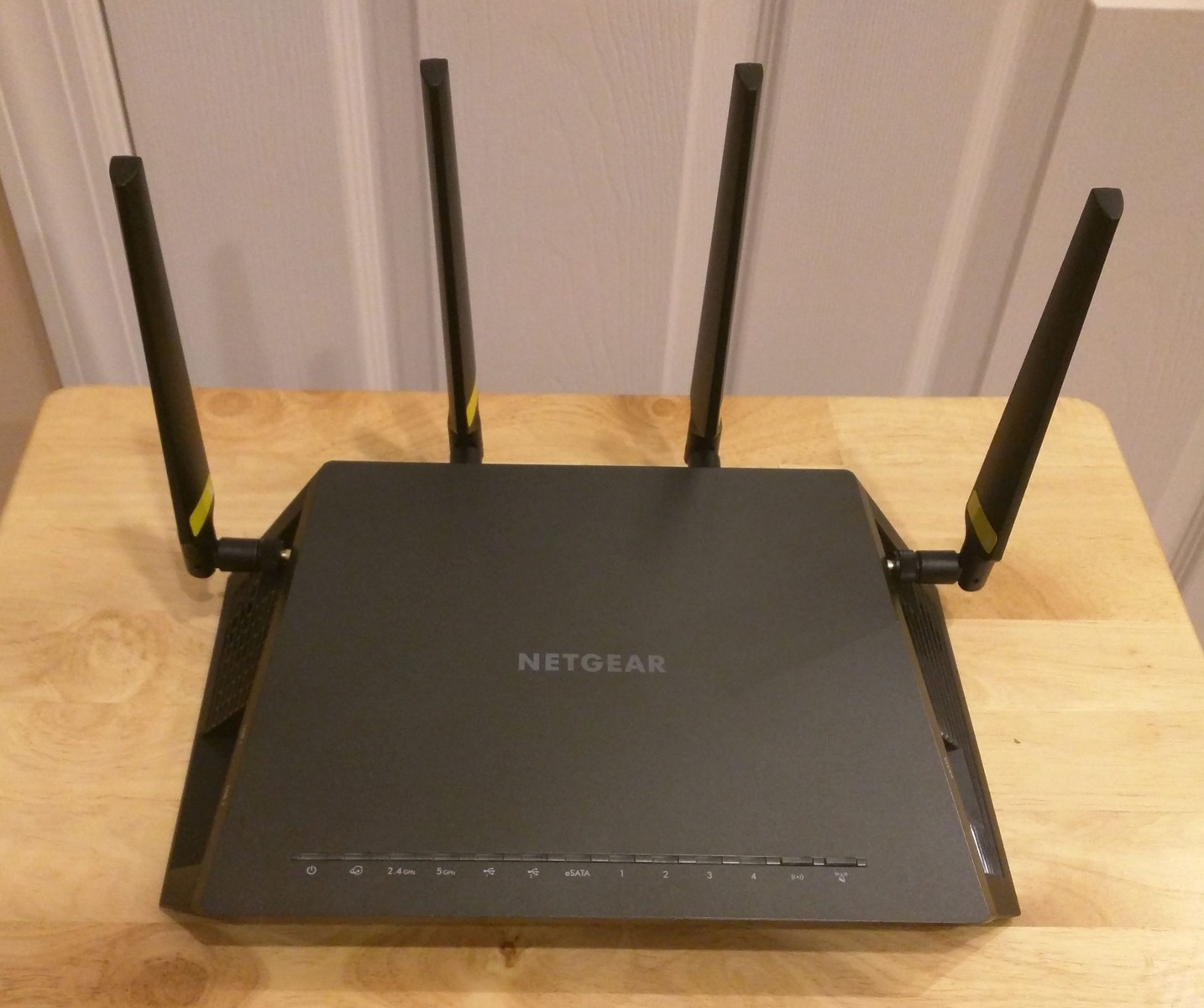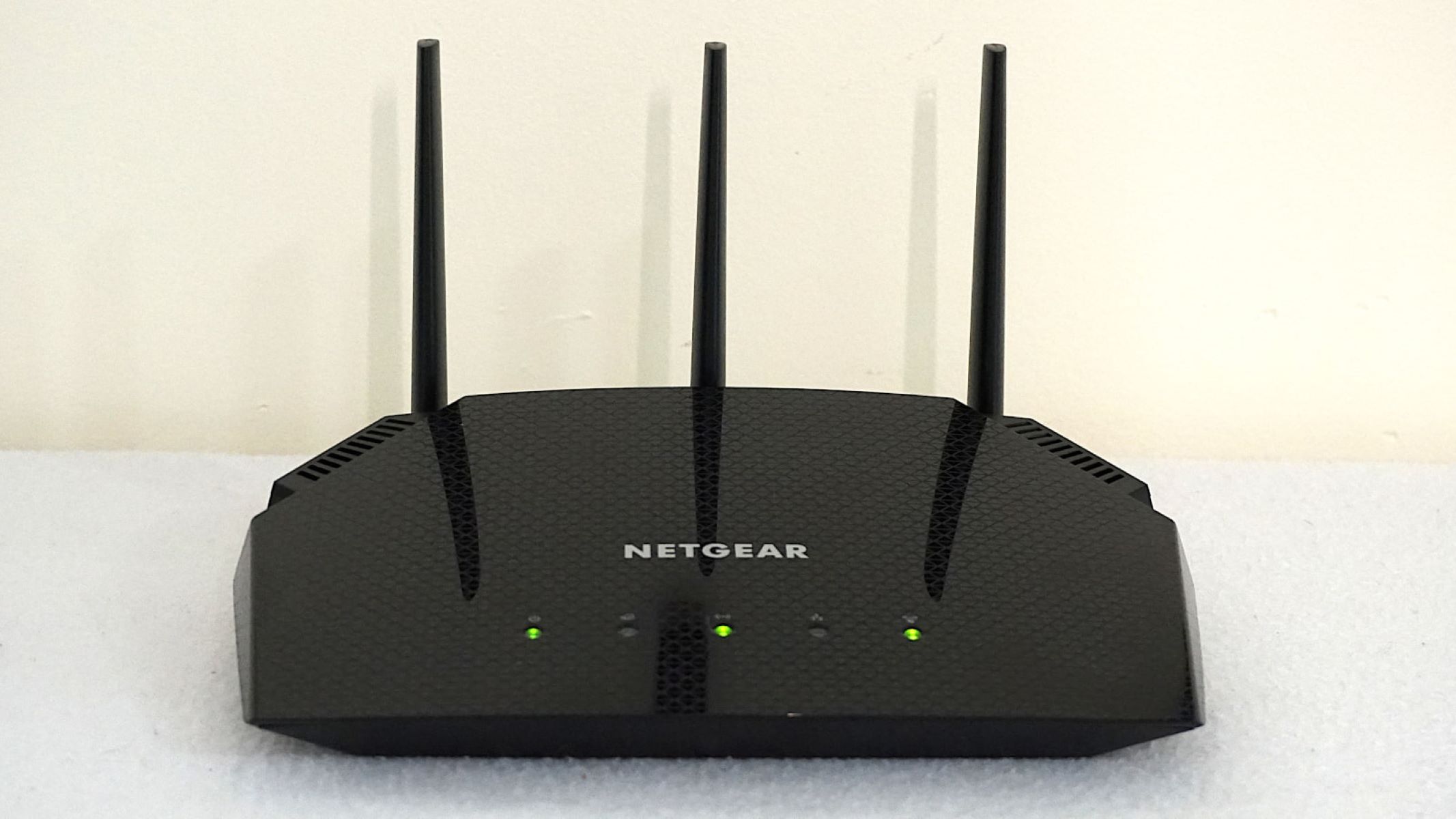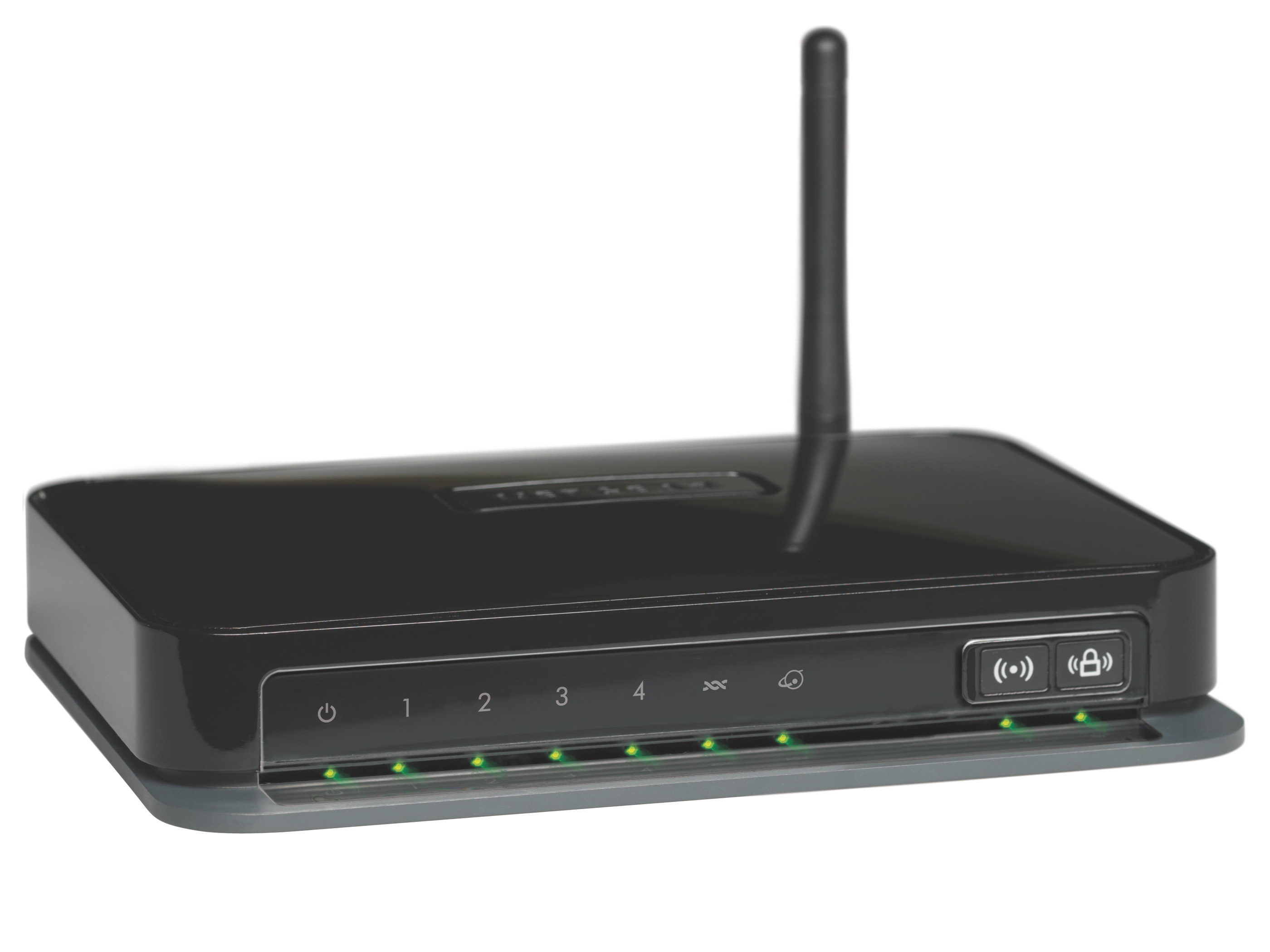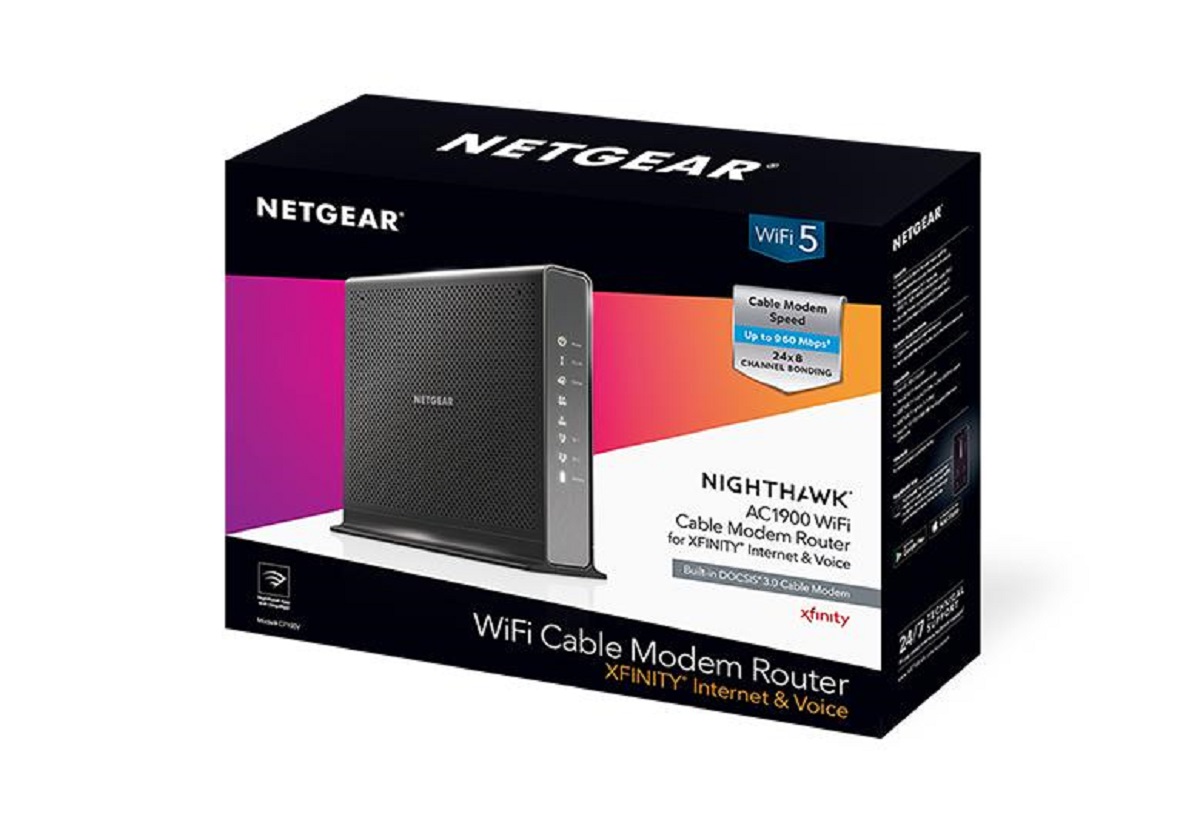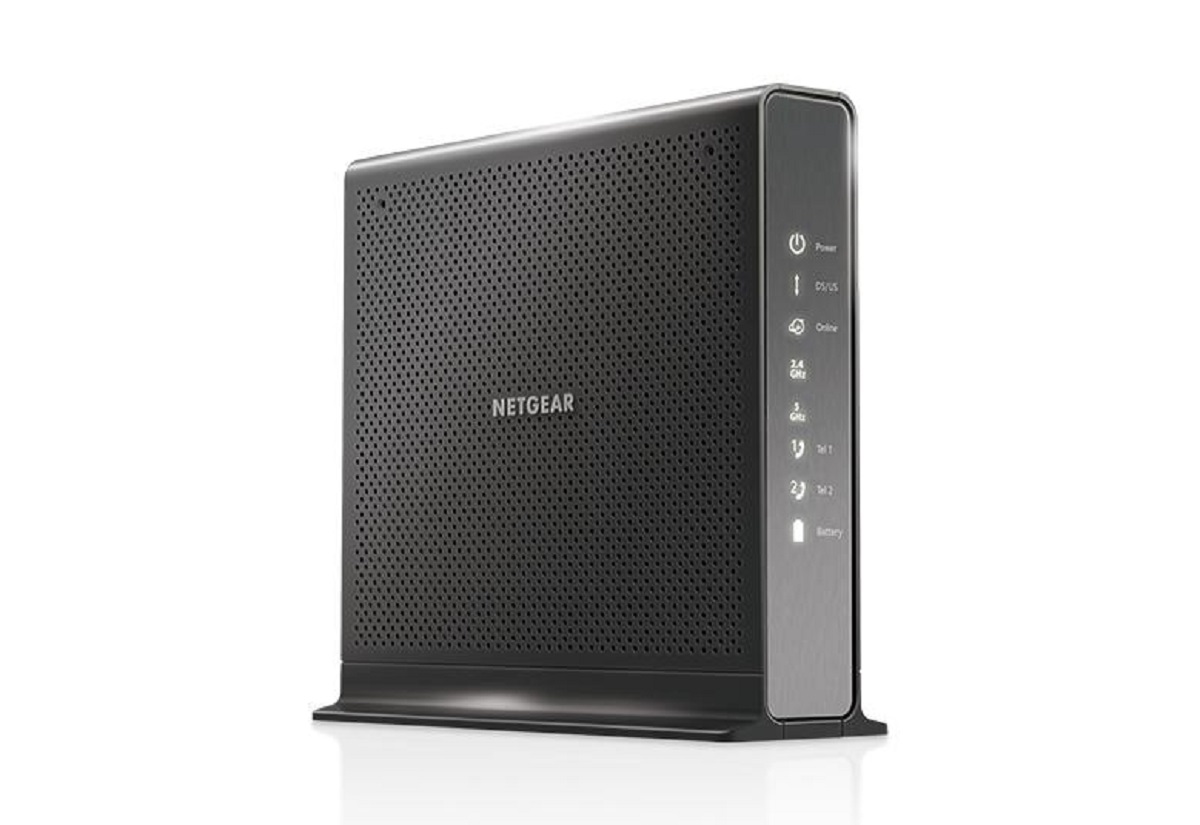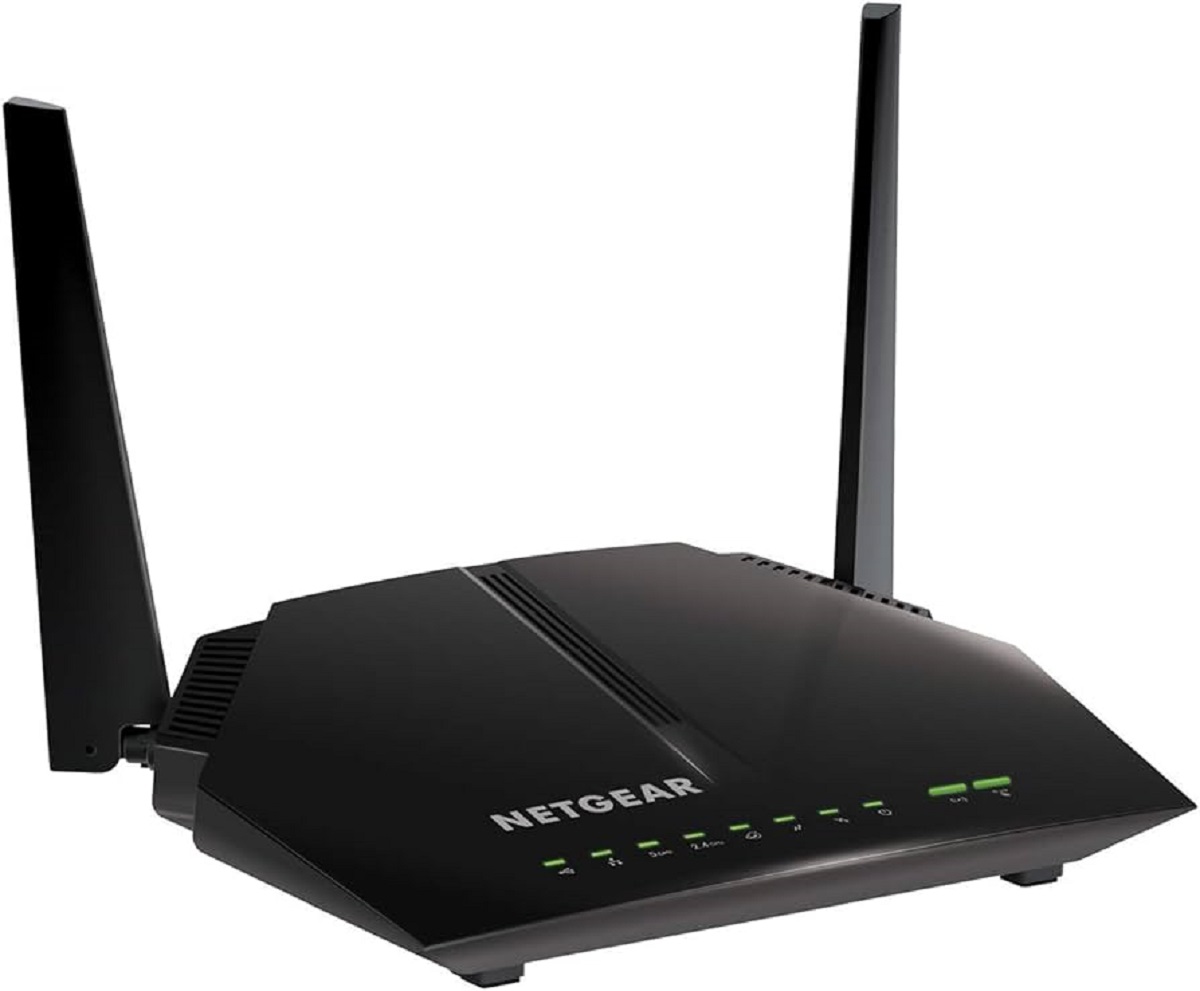Introduction
Welcome to this guide on how to change the channel on your Netgear wireless router. If you’re experiencing slow internet speeds, dropped connections, or interference issues, changing the channel can help improve your wireless network’s performance.
Modern wireless routers operate on specific frequency bands, typically 2.4GHz or 5GHz. These bands are further divided into channels, and each channel represents a different frequency on which your router broadcasts its signal. By default, routers are set to automatically select the optimal channel, but sometimes interference from other devices or neighboring networks can cause congestion and impact the performance of your Wi-Fi.
Changing the channel helps to avoid interference and offers a better connection quality, increased range, and faster speeds. This process is fairly simple and can be done through the router’s web interface.
In this guide, we will walk you through the steps to access your Netgear router’s web interface, navigate to the wireless settings, select the channel settings, choose a new channel, apply the changes, and restart the router. By the end of this guide, you’ll be able to optimize your wireless network to enjoy a smoother and more reliable internet experience. So, let’s get started!
Step 1: Access the Netgear router’s web interface
To change the channel on your Netgear wireless router, you need to access the router’s web interface. Follow these steps:
- Ensure that your computer or device is connected to the Netgear router either through a wired or wireless connection.
- Open a web browser of your choice (such as Chrome, Firefox, or Safari).
- In the address bar of the browser, type the default IP address for Netgear routers, which is usually http://192.168.1.1, http://192.168.0.1, or http://routerlogin.net. Press Enter.
- A login page will appear, prompting you to enter your username and password.
- Enter the login credentials for your Netgear router. If you haven’t changed the default username and password, you can find them on the router’s label or in the user manual. Alternatively, you can try using the default credentials: username – admin, password – password.
- Click on the “Login” or “Submit” button to log in to the router’s web interface.
Once you have successfully logged in, you will have access to the router’s settings and be able to make changes to the wireless configuration.
Note: If you are unable to access the router’s web interface using the default IP address or encounter any issues during the login process, it is recommended to consult the router’s user manual or visit Netgear’s official support website for further assistance.
Step 2: Log in to the router using the credentials
After accessing the Netgear router’s web interface, the next step is to log in using your credentials. Follow these steps:
- On the router’s web interface, you will see a login page.
- Enter your username and password in the appropriate fields. If you have changed the default credentials, use your customized username and password.
- If you haven’t changed the default credentials, you can find them on the label on the router or in the user manual.
- Double-check that you have entered the correct username and password, as they are case-sensitive.
- Click on the “Login” or “Submit” button to proceed.
Upon successful login, you will be granted access to the router’s settings and configuration options.
Note: If you have forgotten your login credentials or are unable to log in, you may need to reset the router to its factory settings. This can usually be done by pressing and holding the reset button on the router for a few seconds until the lights flash. Refer to the router’s user manual or contact Netgear support for specific instructions on how to perform a factory reset.
Once you are logged in, you are ready to proceed to the next step of changing the channel on your Netgear wireless router.
Step 3: Navigate to the “Wireless” settings
Once you have successfully logged in to the Netgear router’s web interface, you need to navigate to the “Wireless” settings. Follow these steps:
- Look for a tab or menu option labeled “Wireless” or “Wireless Settings”.
- Click on the “Wireless” tab to access the wireless settings page.
- Depending on the router model, you may find the wireless settings under a different section, such as “Network Settings” or “Advanced Settings”.
- Once you are on the wireless settings page, you will see various configuration options related to your wireless network.
It is important to note that the exact layout and naming of the menus may vary slightly depending on the Netgear router model and firmware version. However, you should be able to locate the wireless settings by looking for a menu option related to wireless configuration.
If you are having trouble finding the wireless settings or are unsure about which menu option to choose, refer to the router’s user manual for specific instructions or visit Netgear’s support website for further guidance.
Once you have successfully navigated to the “Wireless” or relevant settings page, you are ready to proceed to the next step of selecting the channel for your Netgear wireless router.
Step 4: Select the channel settings
After accessing the “Wireless” or relevant settings page on your Netgear router’s web interface, the next step is to select the channel settings. Follow these steps:
- Look for the option that allows you to configure the wireless channel. This option may be labeled as “Channel”, “Channel Selection”, or something similar.
- Click on the channel settings option to view the available channels.
- By default, Netgear routers are usually set to automatically select the channel for optimal performance. However, you can manually select a specific channel to avoid congestion or interference.
- Take note of the channels that are currently being used by neighboring networks to identify potential sources of interference.
- Choose a channel that is less congested or has minimal interference for better performance. It is generally recommended to use channels 1, 6, or 11 as they are spaced apart and do not overlap with each other.
- Some newer Netgear routers may also have an option called “Auto” or “Auto Channel Selection”. This option allows the router to automatically select the best channel based on real-time conditions, continuously optimizing the wireless connection.
It is important to remember that the available channels may vary depending on your router model and the regulations of your country. Ensure that the channel you select is legal and complies with the local regulatory requirements.
Once you have selected the desired channel, you are ready to proceed to the next step of choosing a new channel for your Netgear wireless router.
Step 5: Choose a new channel
After selecting the channel settings on your Netgear router, the next step is to choose a new channel for your wireless network. Follow these steps:
- Assess the channel congestion and interference in your area by referring to the information gathered in the previous step.
- Based on the data, identify a channel that has fewer networks or less interference.
- If there is a specific channel recommended by your router’s settings or provided by your ISP, consider using that channel.
- Alternatively, you can use a Wi-Fi analyzer tool, such as NetSpot or inSSIDer, to scan for available channels and their signal strengths in real-time. These tools can help you identify the least crowded or most optimal channel for your wireless network.
- Once you have identified a suitable channel, navigate back to the channel settings page on your router’s web interface.
- Select the desired channel from the available options or choose the “Auto” or “Auto Channel Selection” option if available.
- Click on the “Apply” or “Save” button to save the changes.
It is important to note that changing the channel may temporarily disrupt the Wi-Fi connection, so it is advisable to perform this action during a time when it will have the least impact on users.
Keep in mind that you can always repeat this step to change the channel again in the future if needed. Experimenting with different channels and monitoring their performance can help you find the optimal channel for your specific network environment.
Once you have chosen a new channel for your Netgear wireless router, proceed to the final step of applying the changes and restarting the router.
Step 6: Apply the changes and restart the router
After selecting a new channel for your Netgear wireless router, the final step is to apply the changes and restart the router to ensure that the new settings take effect. Follow these steps:
- On the channel settings page of your router’s web interface, locate the “Apply” or “Save” button.
- Click on the “Apply” or “Save” button to save the changes.
- Wait for the router to apply the new channel settings. This may take a few moments.
- Once the changes have been successfully applied, you will receive a confirmation message or be redirected to a new page.
- Now, it is recommended to reboot or restart your Netgear router to ensure that the new channel settings are fully implemented.
- To restart the router, locate the “Reboot” or “Restart” option in the router’s web interface. Click on it to initiate the restart process.
- Wait for the router to reboot. This may take a couple of minutes.
After the router has restarted, it will begin broadcasting on the newly selected channel. You may need to reconnect your devices to the Wi-Fi network after the restart.
It is advisable to test your wireless network’s performance after the channel change and router restart. Check if the connection is stable, the internet speed is satisfactory, and your devices are properly connected.
If you encounter any issues or are unsatisfied with the new channel’s performance, you can repeat the process and select a different channel to further optimize your wireless network.
Congratulations! You have successfully changed the channel on your Netgear wireless router, enhancing your Wi-Fi performance and minimizing interference.
Conclusion
Changing the channel on your Netgear wireless router is a simple and effective way to improve your Wi-Fi performance and minimize interference. By following the steps outlined in this guide, you can easily navigate the router’s web interface, access the necessary settings, and select a new channel for your wireless network.
By manually selecting a less congested or interference-free channel, you can optimize your Wi-Fi connection, resulting in better speeds, increased range, and a more reliable internet experience. Keep in mind that it may be necessary to experiment with different channels and monitor their performance to find the optimal one for your specific network environment.
Remember to always consider the recommendations provided by your router’s settings or ISP, as well as use Wi-Fi analyzer tools to gather real-time information on channel congestion and signal strength. This information will guide you in choosing the most suitable channel for your network.
If you encounter any difficulties during the process or are unsure about any step, consult your router’s user manual, visit Netgear’s support website, or seek assistance from technical experts to ensure a smooth channel change and optimal Wi-Fi performance.
By taking the time to change the channel on your Netgear wireless router, you can enjoy a faster, more stable, and interference-free Wi-Fi connection, enhancing your online activities and making your internet experience more enjoyable.







